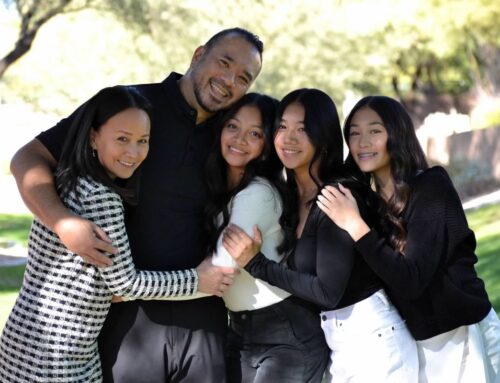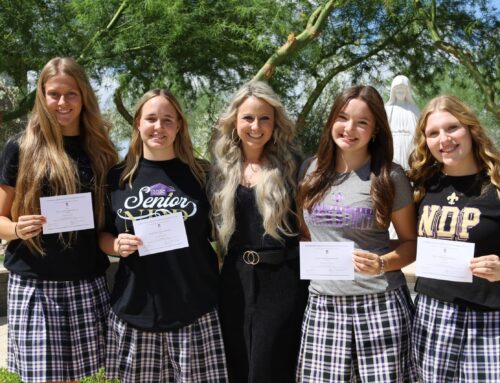The Changing Lives with Legacy division welcomes traditional donations and planned gifts, two powerful ways to support scholarships for underserved students. But what exactly sets these two giving methods apart?
Let’s explore how each type of gift works and the impact it can have.
Traditional Donations: Immediate Support
Traditional donations are immediate gifts made by donors using cash, check, or credit card. These contributions are typically made on a one-time or recurring basis and are not legally complex.
Examples:
- One-Time Gift:
A donor makes a donation during an annual appeal or online through our secure giving portal. - Monthly Giving:
A supporter sets up a recurring donation charged to their credit card every month through the online giving portal. - Online Giving Campaigns:
Donors contribute via a website on Giving Tuesday or Arizona Gives Day, etc. - Event Donations:
Guests make contributions during a luncheon or dinner event.
Planned Gifts: Strategic Giving for Future Impact
Planned gifts are thoughtful contributions made as part of your long-term financial or estate plans. These gifts often involve legal or financial guidance and are typically realized in the future–but their impact is lasting.
Examples:
- Bequest in a Will or Trust:
A donor leaves a percentage of their estate to a nonprofit in their will. - IRA Qualified Charitable Distribution (QCD):
A donor over age 70½ initiates a transfer from their IRA directly to a nonprofit to satisfy their Required Minimum Distribution (RMD). While the SECURE Act 2.0 (2023) raised the age for Required Minimum Distributions (RMDs) to 73, donors can still begin making Qualified Charitable Distributions (QCDs) as early as age 70½. This means even if a donor isn’t yet required to take RMDs, they’re still eligible to make tax-free charitable gifts directly from their IRA starting at 70½—and these gifts can begin satisfying RMDs once they turn 73. - Charitable Remainder Trust (CRT):
A donor places assets in a trust, receives income during their lifetime, and the remaining assets transfer to the nonprofit. - Donor Advised Fund (DAF):
A donor recommends grants during their lifetime from a fund they’ve established with a sponsoring organization. - Beneficiary Designations:
A donor names the nonprofit as a beneficiary of a life insurance policy or retirement account or investment. - Real Estate or Appreciated Assets:
A donor gifts property or stock, potentially avoiding capital gains tax and receiving a tax deduction.
Want to Learn More?
We’re here to help you explore the giving option that’s right for you.
Reach out to our Changing Lives with Legacy team at legacy@ceaz.org or call us at (602) 218-6542.




